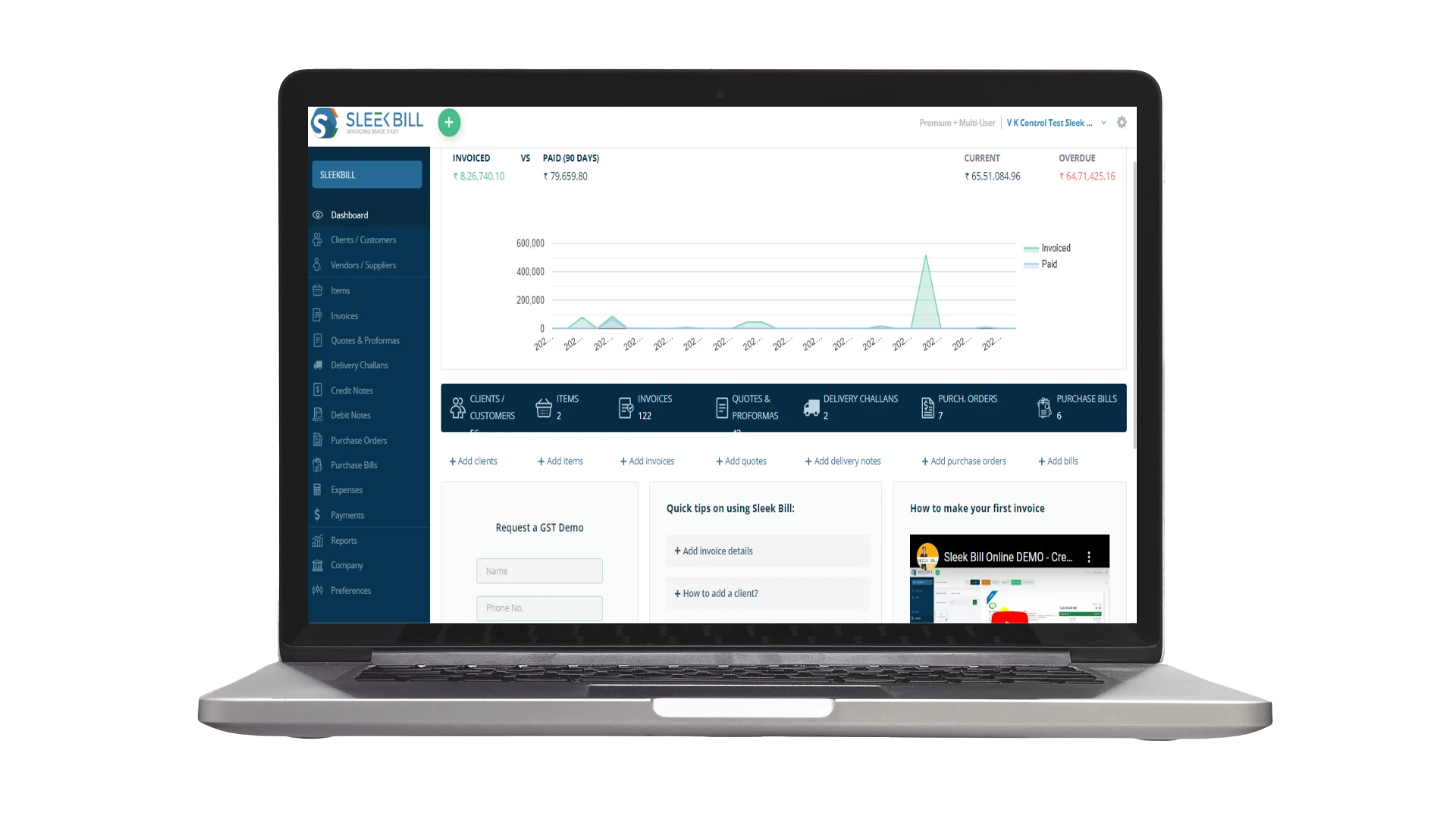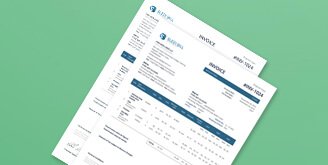Introduction to Bill of Materials (BOM)
A Bill of Materials (BOM) is a systematic document that includes all the necessary raw materials, components, and specific guidance for constructing, producing, or fixing an item. It is one of the most critical documents used in the manufacturing process because it is a highway that leads from a start to the end of each step. The bill of materials is critical whether you are assembling a light part or constructing a complex machine to ensure the job is done appropriately.
Core Components
Material Listing: A complete record of all of the necessary materials, parts, and components is provided for you to use.
Assembly Instructions: An instruction gives a step-by-step approach on how to construct or assemble the end product.
Cost Estimation and Control: A bill of materials (BOM) enables accurate budgeting and cost management by detailing all materials and their costs.
Ensures Production Efficiency: Offers a straightforward plan to keep production on track and maintain quality standards.
Quality control and problem solving: The bill of materials enables quick identification of faulty components and provides a framework for addressing product defects or vulnerabilities.
Why a BOM is Essential in Manufacturing?
Email BOM is a helpful tool that is used to align the production cycle with the materials needed. Because of that, it minimizes the risk of disruption, damage, or delays. Here's why:
Enhances Production Accuracy: Through a bill of materials, each part is included which minimizes the chances of missing parts and thus delays.
Optimizes Inventory Management: This happens by avoiding the mistakes of shortages and of having excess inventory. It ensures that inventory remains balanced and the right parts are always available.
Different Categories of Bill of Materials (BOM)
There are different types of BOMs designed for specific parts of the production process:
Bill of Materials for Engineering (EBOM)
Purpose: Represents the final product's design through CAD drawings.
Role: Mainly utilized during the design stage to guarantee compliance with all design requirements.
Bill of Materials for Manufacture (MBOM)
Purpose: It identifies all the materials, parts and components needed to produce the final product.
Role: Utilized in all stages of production to direct manufacturing activities.
Sales Bill of Materials (SBOM)
Purpose: Offers product information prior to assembly, mainly for sales reasons.
Role: Aids sales teams in grasping the elements that will be included in the end product.
Bill of Materials for Configuration (CBOM)
Purpose: Intend for products that can be customized to meet customers' specific needs.
Role: Recognizes materials and components necessary to fulfill particular customer needs, including unique labeling or packaging.
Production Bill of Materials
Purpose: Establishes the base for a manufacturing request.
Role: Identifies all parts and units needed to turn basic materials into the final item.
Assembly Bill of Materials
Purpose: Categorize main items as products for sale instead of items for inventory.
Role: Aids in overseeing the components required to finish the end product.
Template Bill of Materials
Purpose: Allows for versatility when composing manufacturing or commercial BOMs.
Role: Consists of parent and child elements, enabling simple modification according to particular requirements.
Advantages of Implementing a BOM
A well-structured BOM provides numerous benefits that streamline the production process and enhance overall efficiency:
- Streamlined Material Procurement: Aids in the preparation and procurement of materials to prevent production delays caused by insufficient supplies.
- Effective Inventory Management: Aids in monitoring and forecasting material needs, avoiding shortages and excess inventory.
- Accurate Cost Estimation: Allows accurate calculation of material expenses, assisting in budget control and financial preparation.
- Waste Reduction: Minimizing waste in production is made possible by a BOM that effectively predicts material requirements.
- Schedule Adherence: Ensures production stays on schedule by making sure all required components are ready as necessary.
- Comprehensive Record Keeping: Keeps meticulous records of every material and component utilized, crucial for audits and ensuring quality control.
- Product Failure Analysis: Helps to pinpoint and tackle the underlying reasons for product failures, enabling faster solutions.
Key Elements of a Bill of Materials
A BOM is composed of several critical elements, each serving a specific function in the production process:
BOM Level
Displays the arrangement of components in the overall assembly, demonstrating the placement of each part within the broader framework.
Example: A vehicle could contain key elements like its engine, which are then divided into smaller components.
Part Number
An individualized marker for every substance or part.
Types:
Intelligent Numbers: Provide detailed data on the component for simpler recognition.
Non-Intelligent Numbers: Simplified codes that are easier to generate and maintain.
Part Name
The unique name of each section or meeting helps to identify it quickly.
Describes the life cycle stage of each phase, whether in design, manufacturing, or completion.
Description
Provides detailed information about each component, especially when similar components need to be separated from each other.
Adherence to Regulations: It also signifies adherence to GST regulations, which is essential for maintaining a good compliance record.











 Specifies the unit of measure for each component and ensures proper ordering and use.
Specifies the unit of measure for each component and ensures proper ordering and use. GST Invoice Format
GST Invoice Format
 GST Billing Benefits
GST Billing Benefits






 Free training & support
Free training & support 60K Happy Customers Worldwide
60K Happy Customers Worldwide Serious about
Serious about